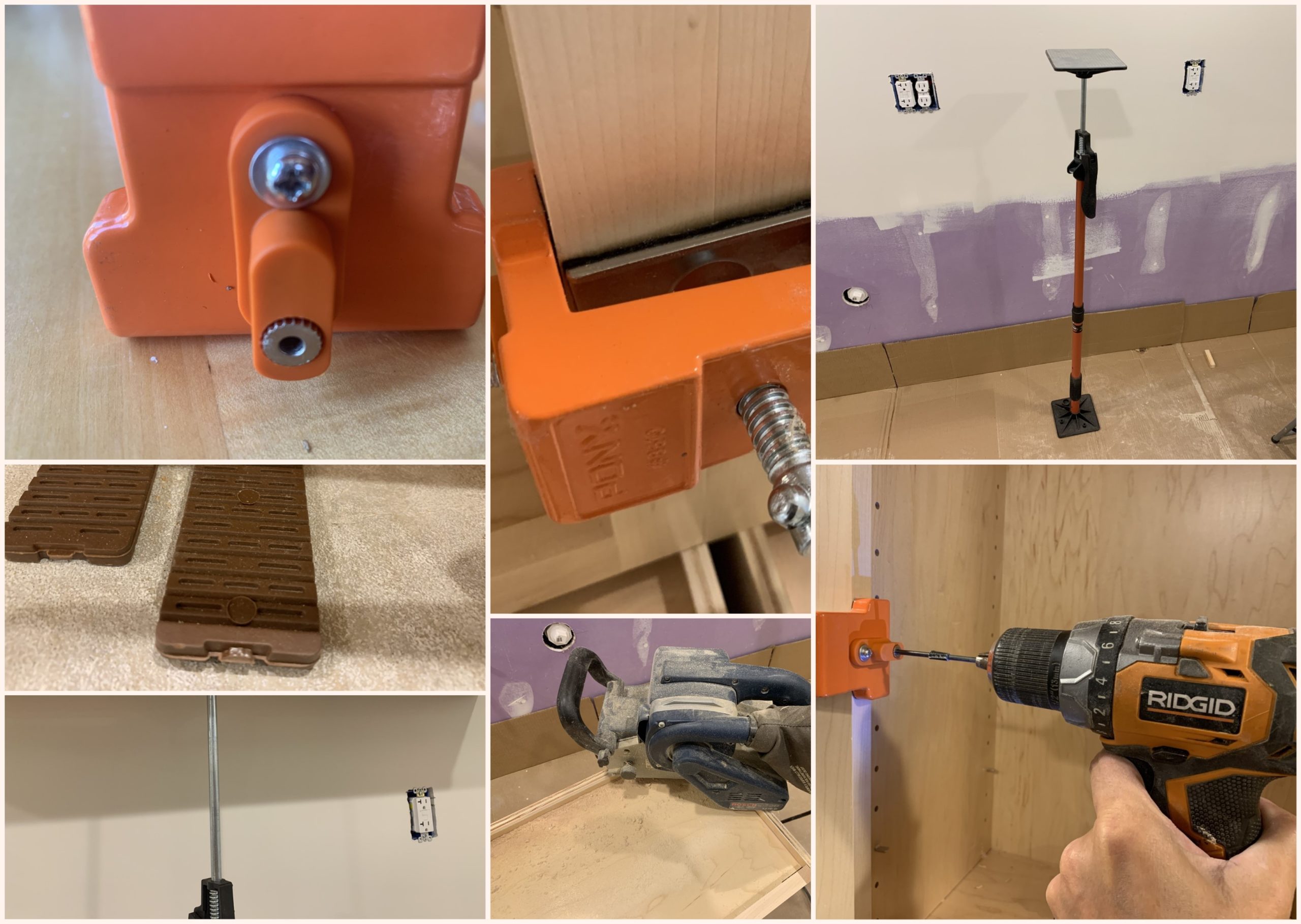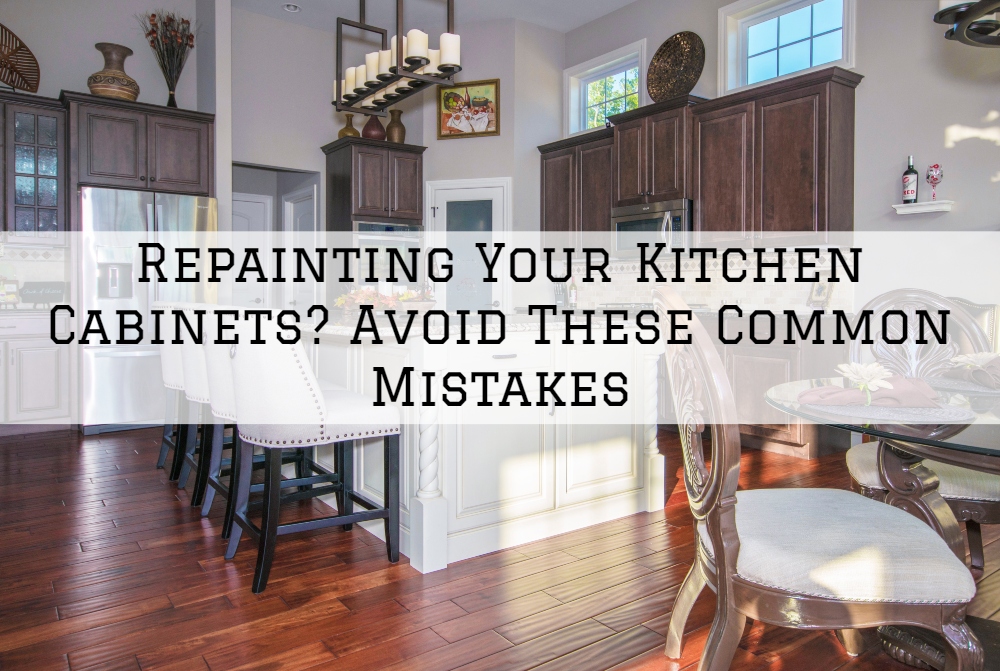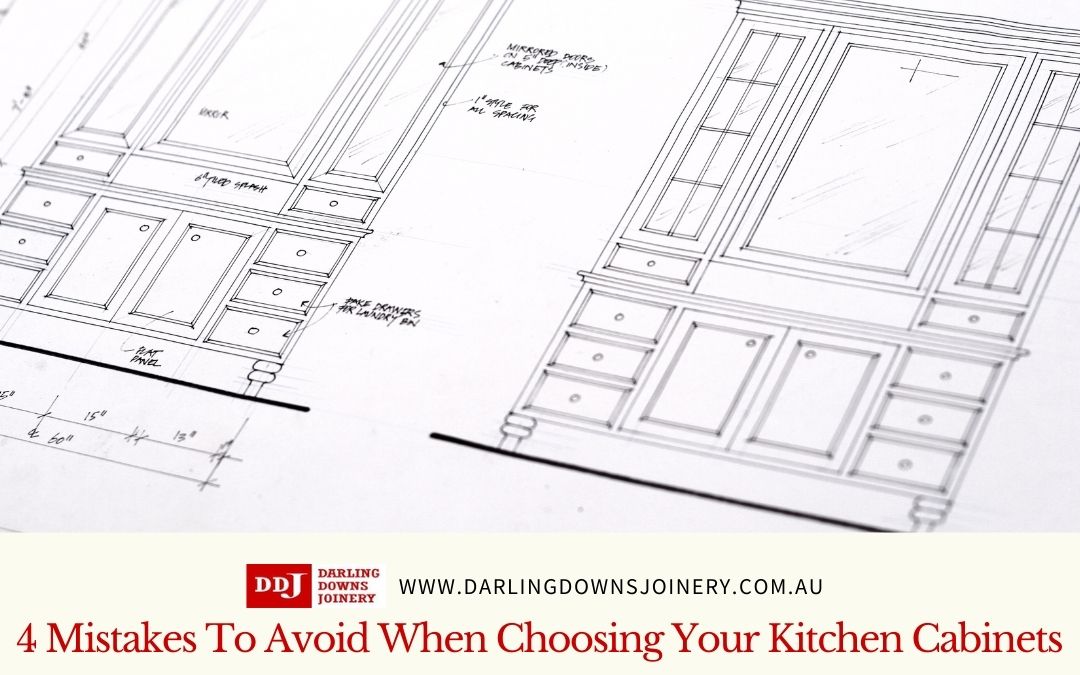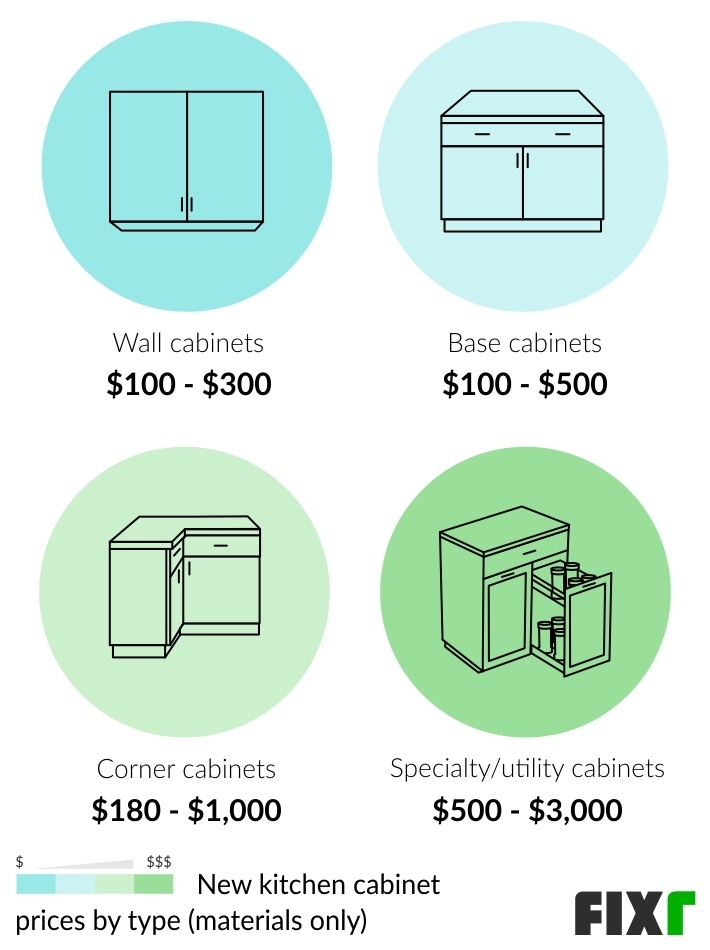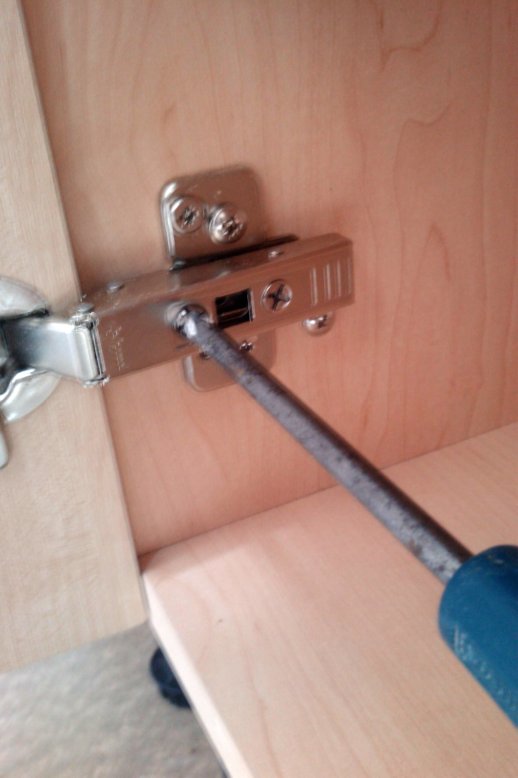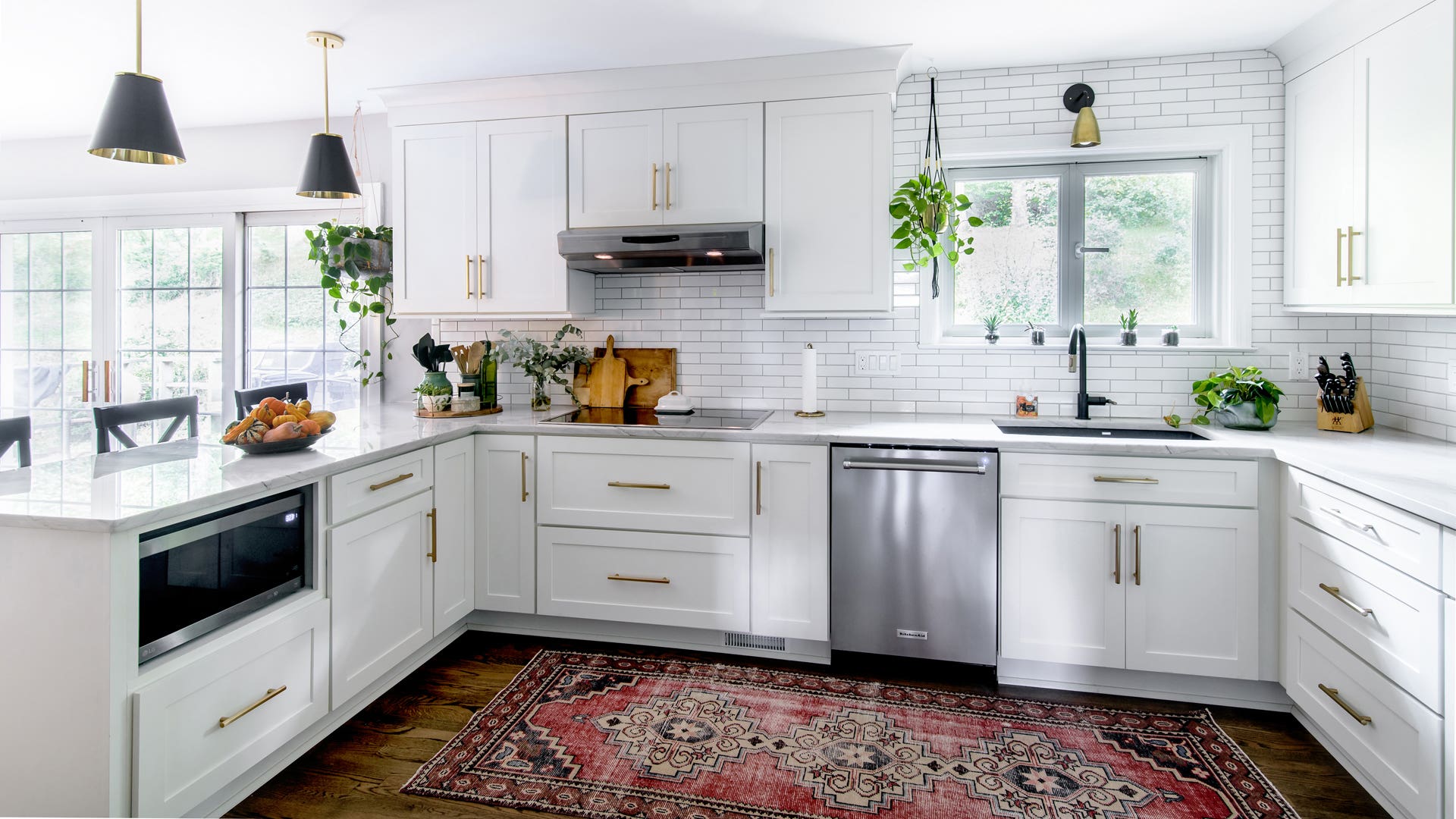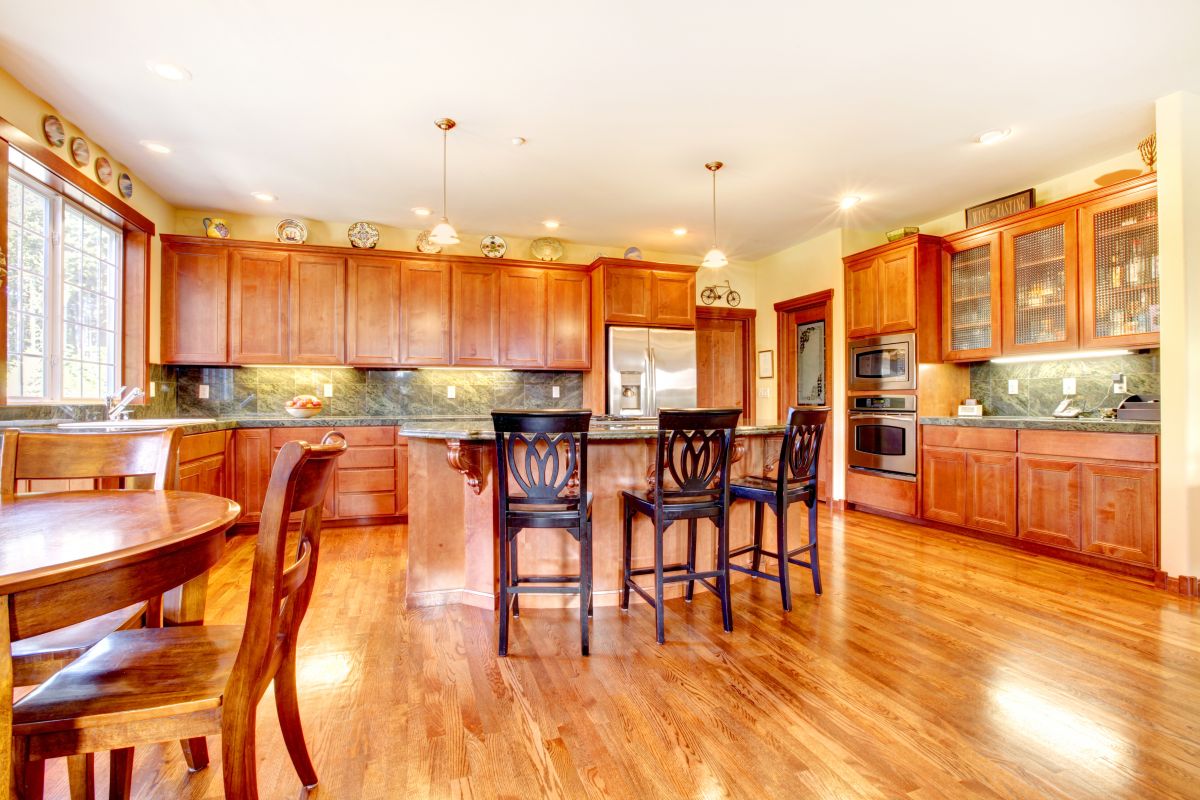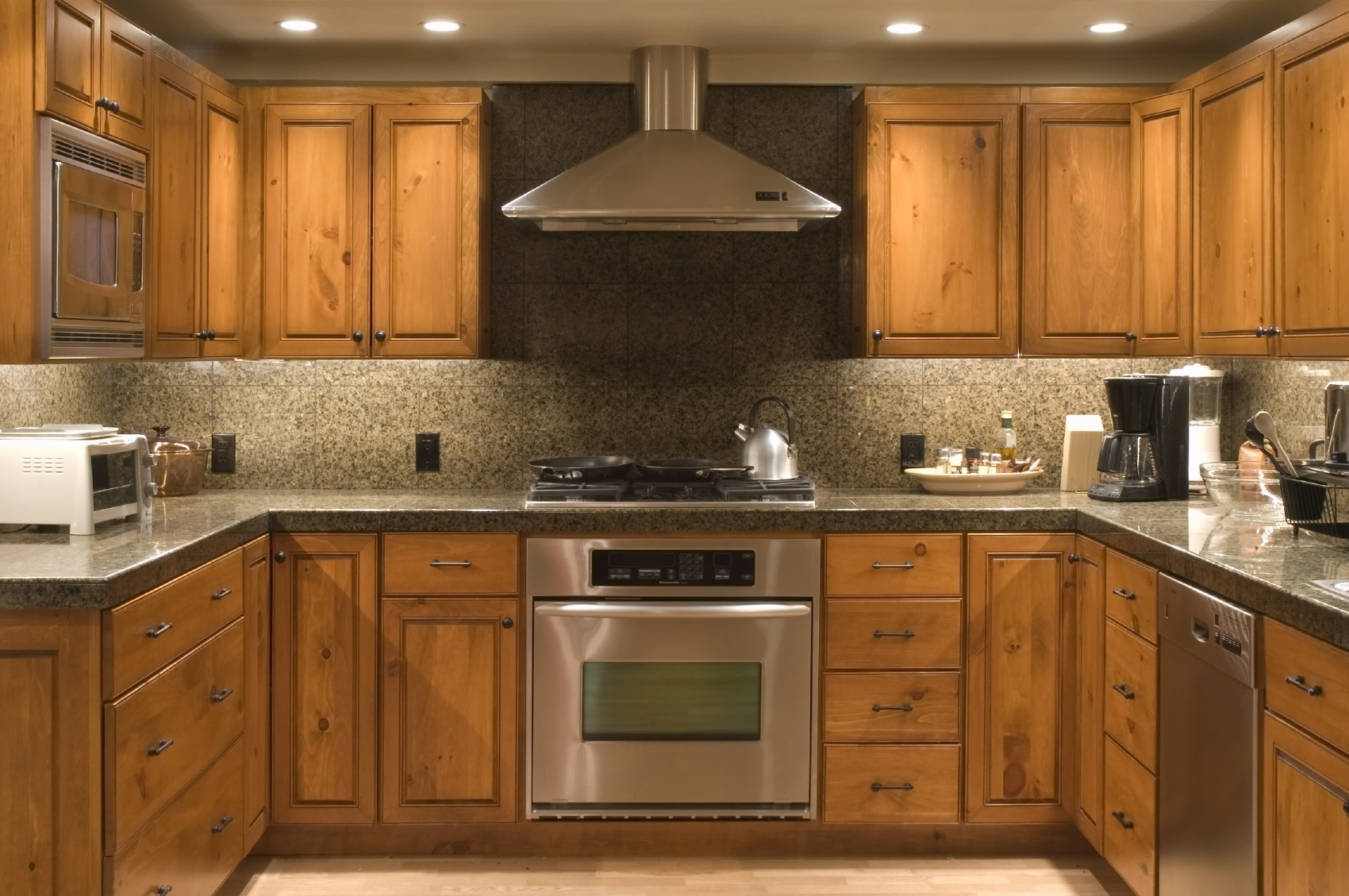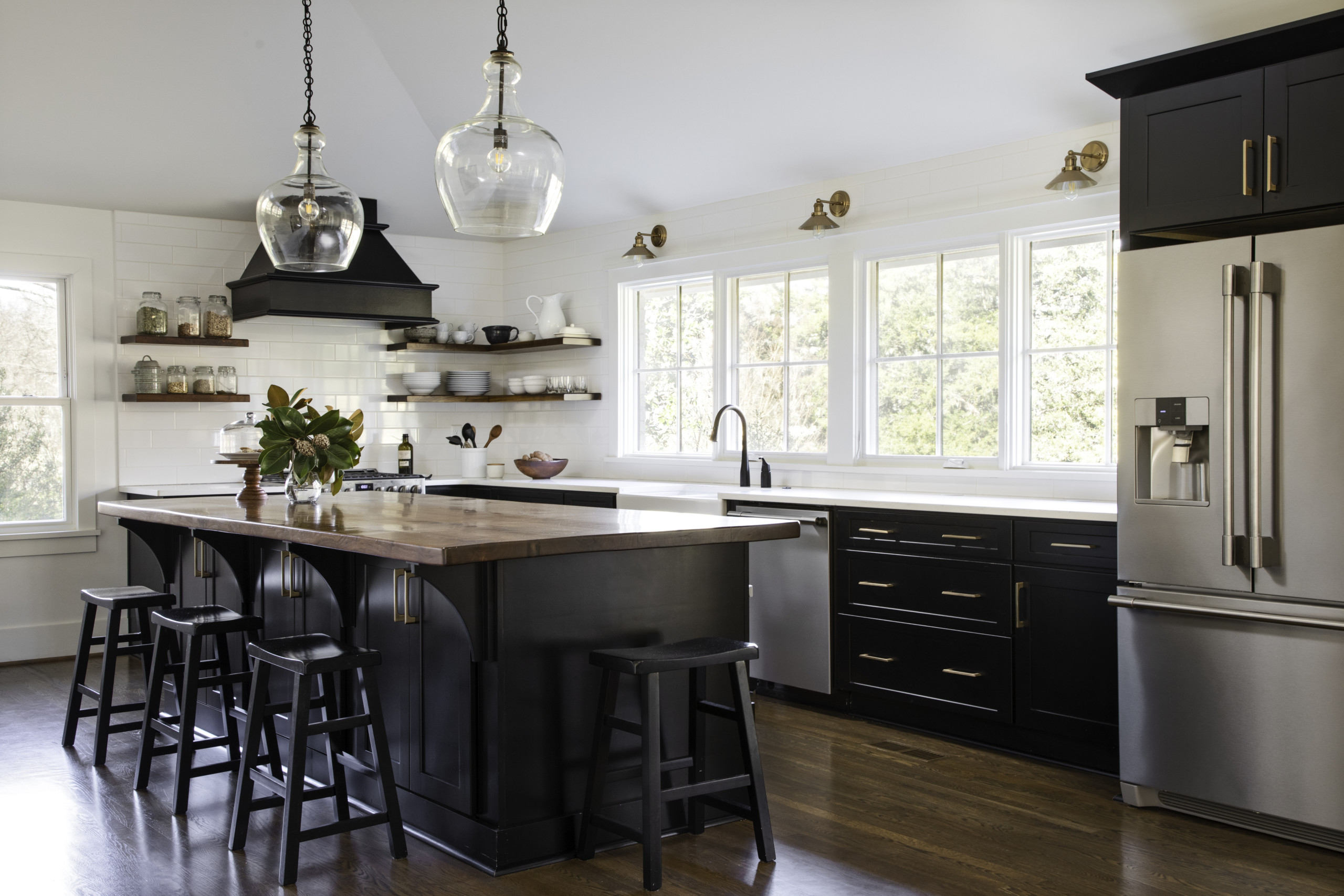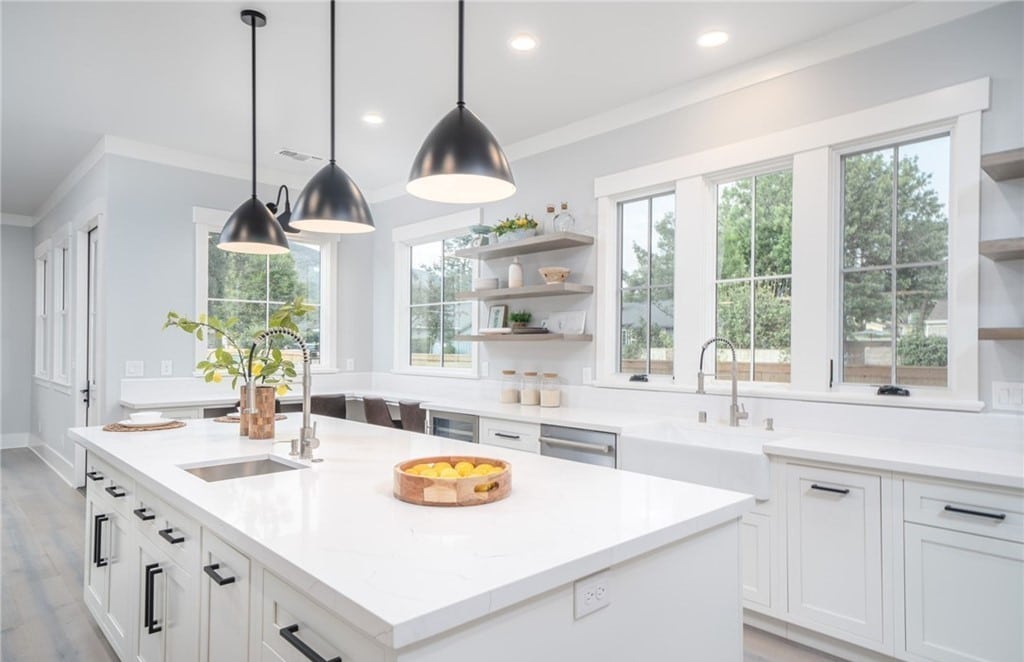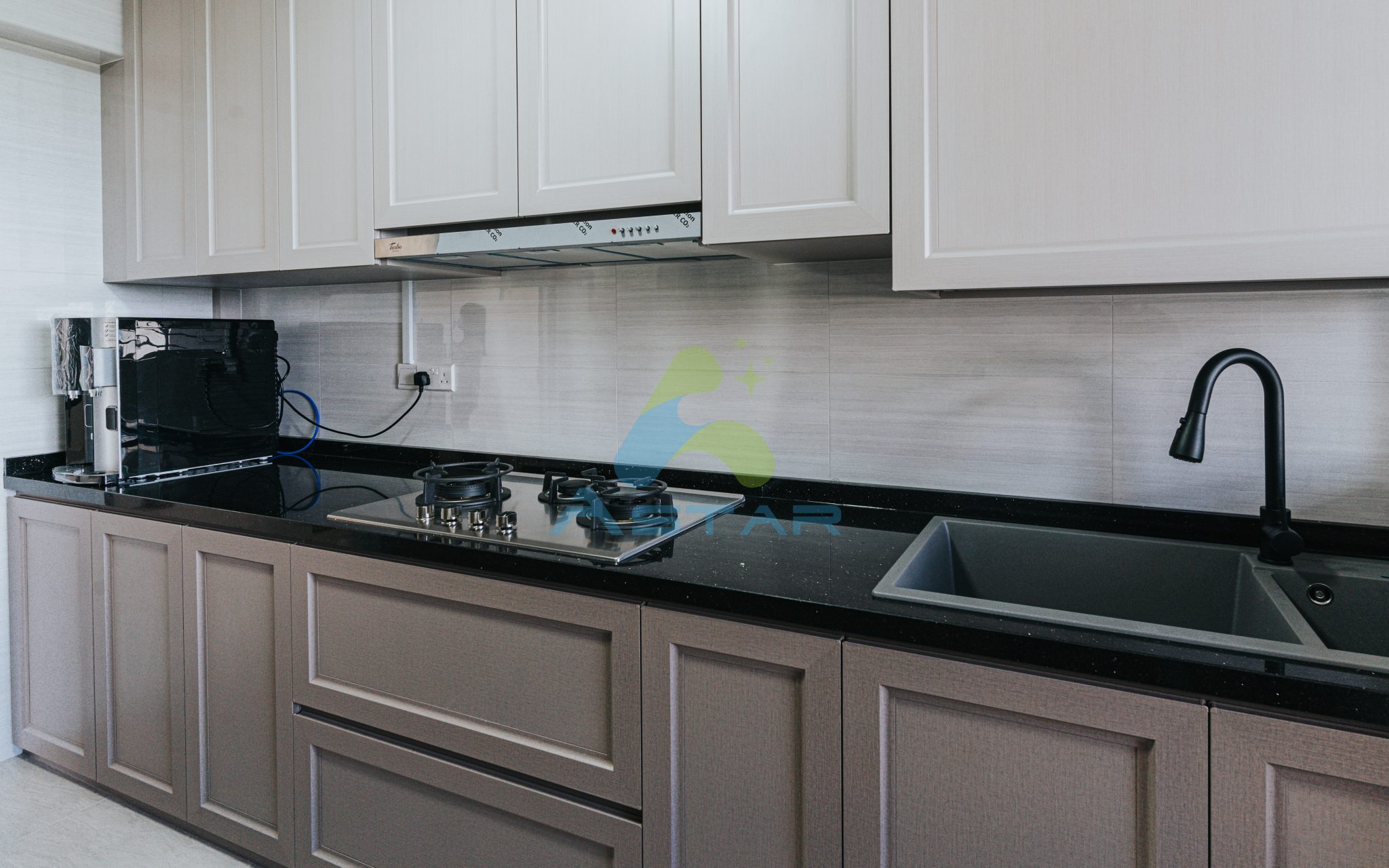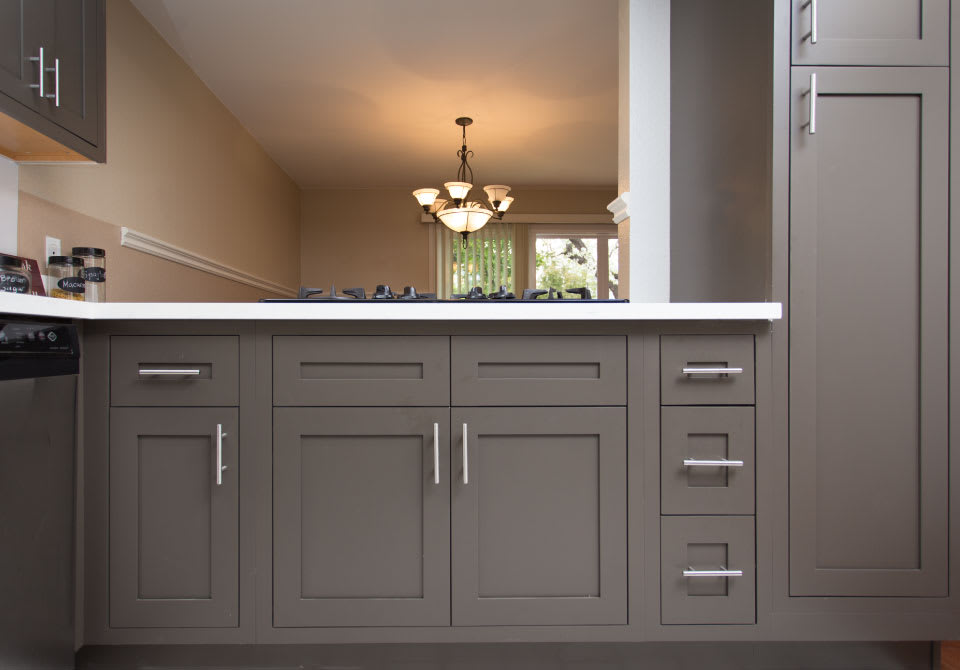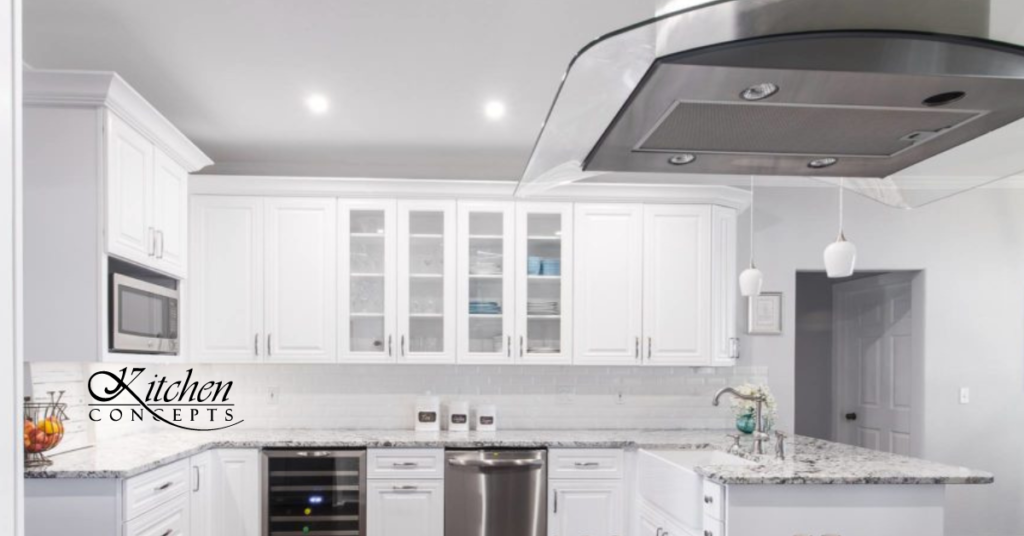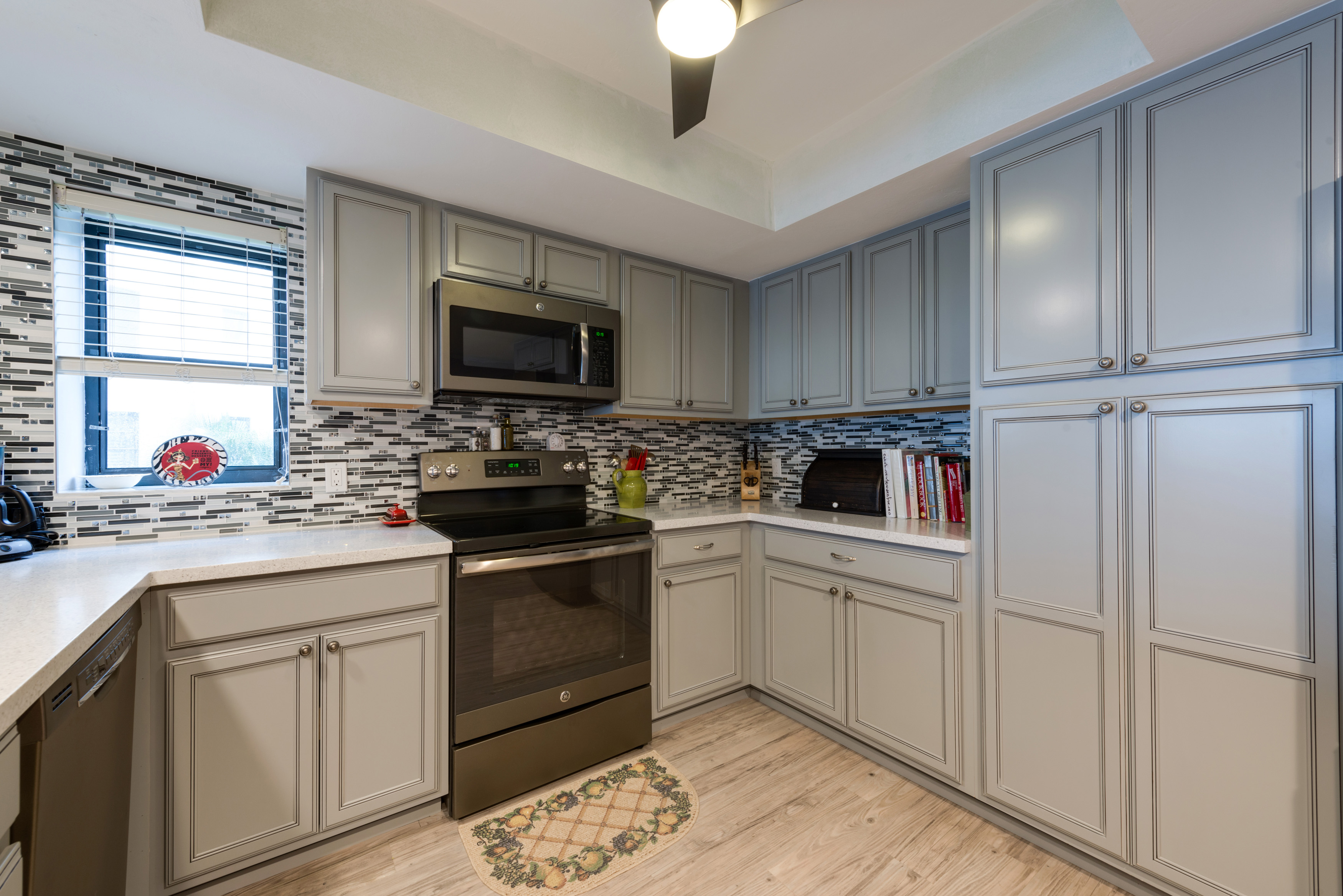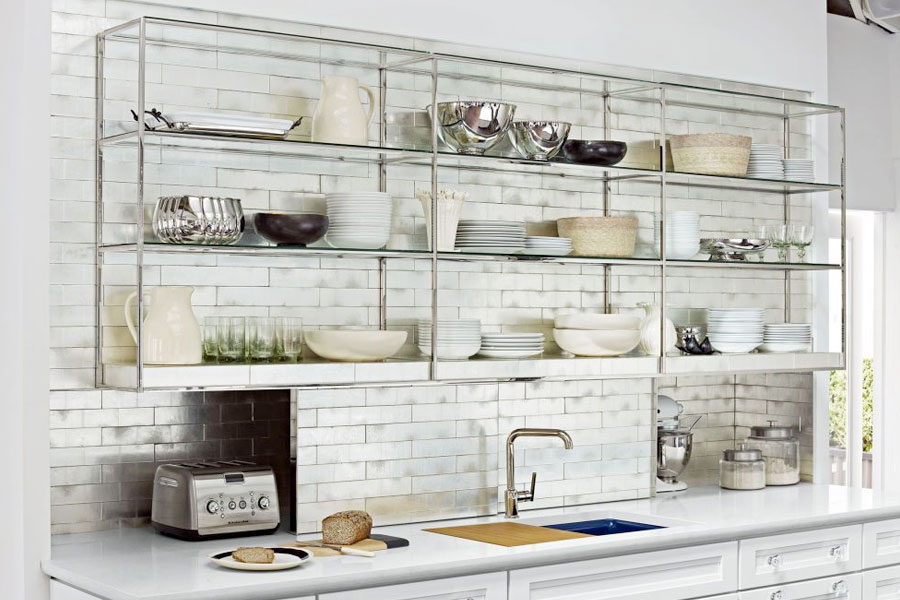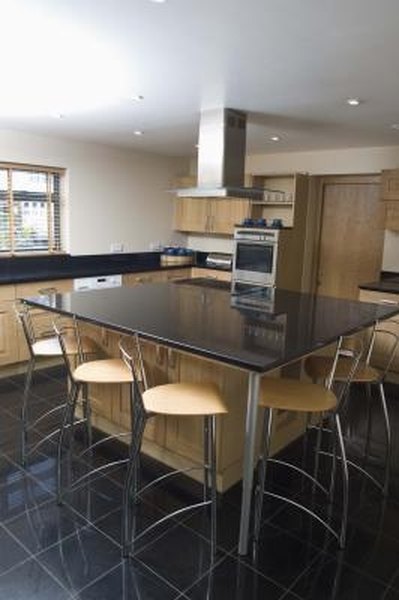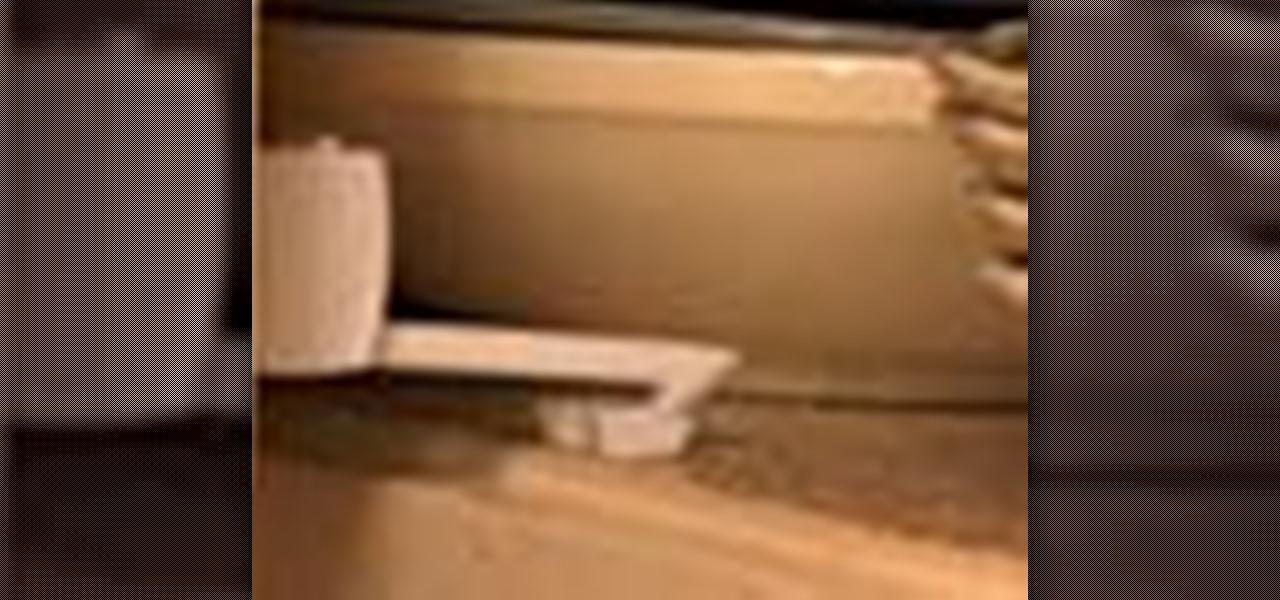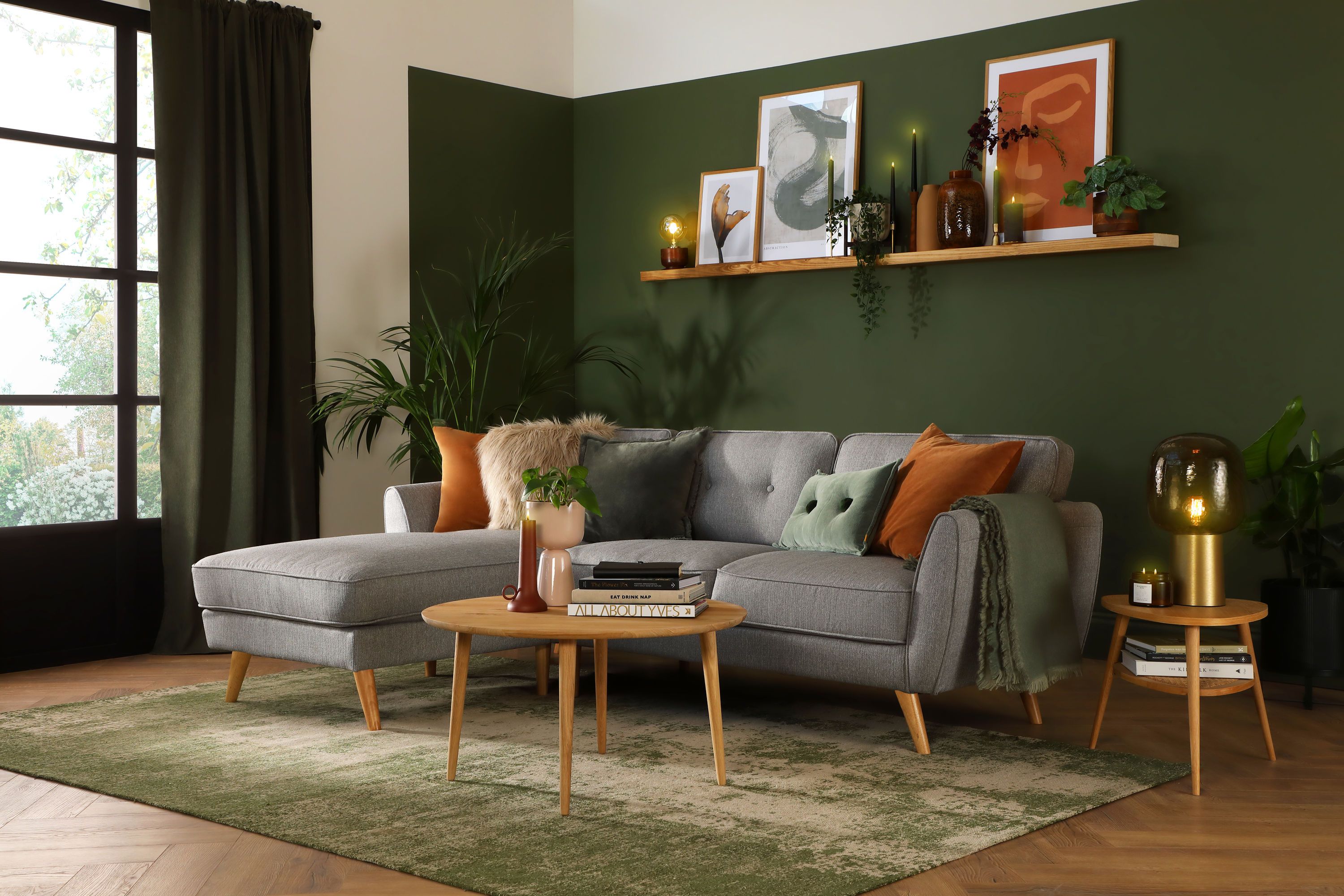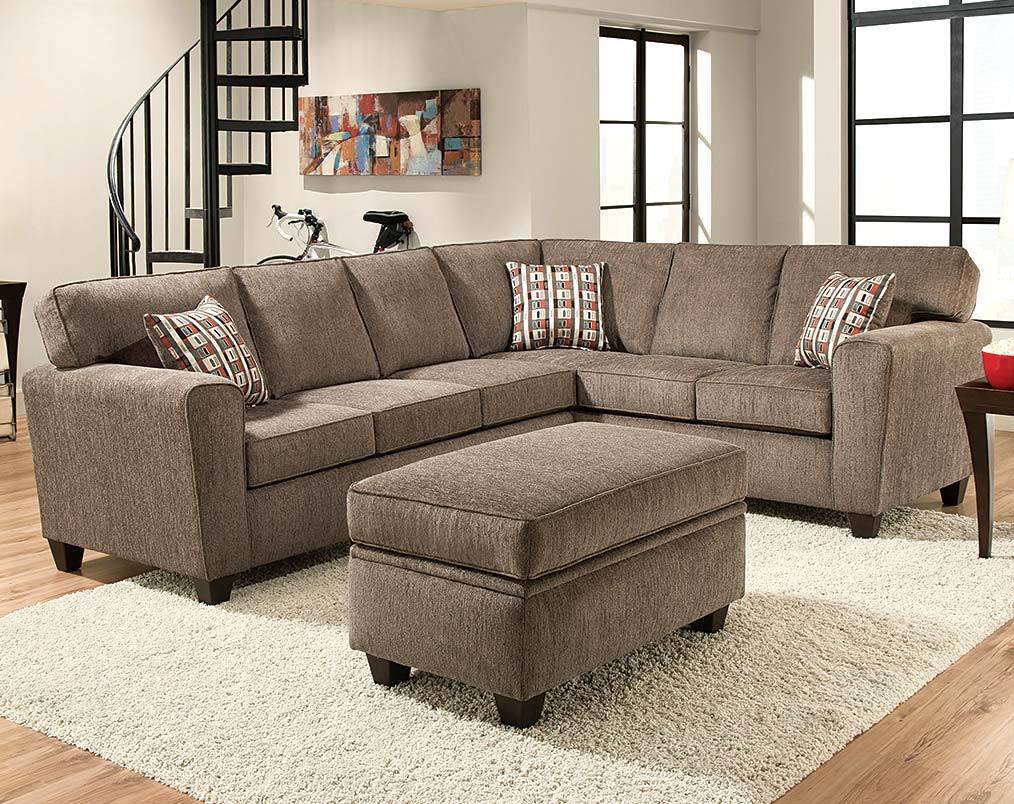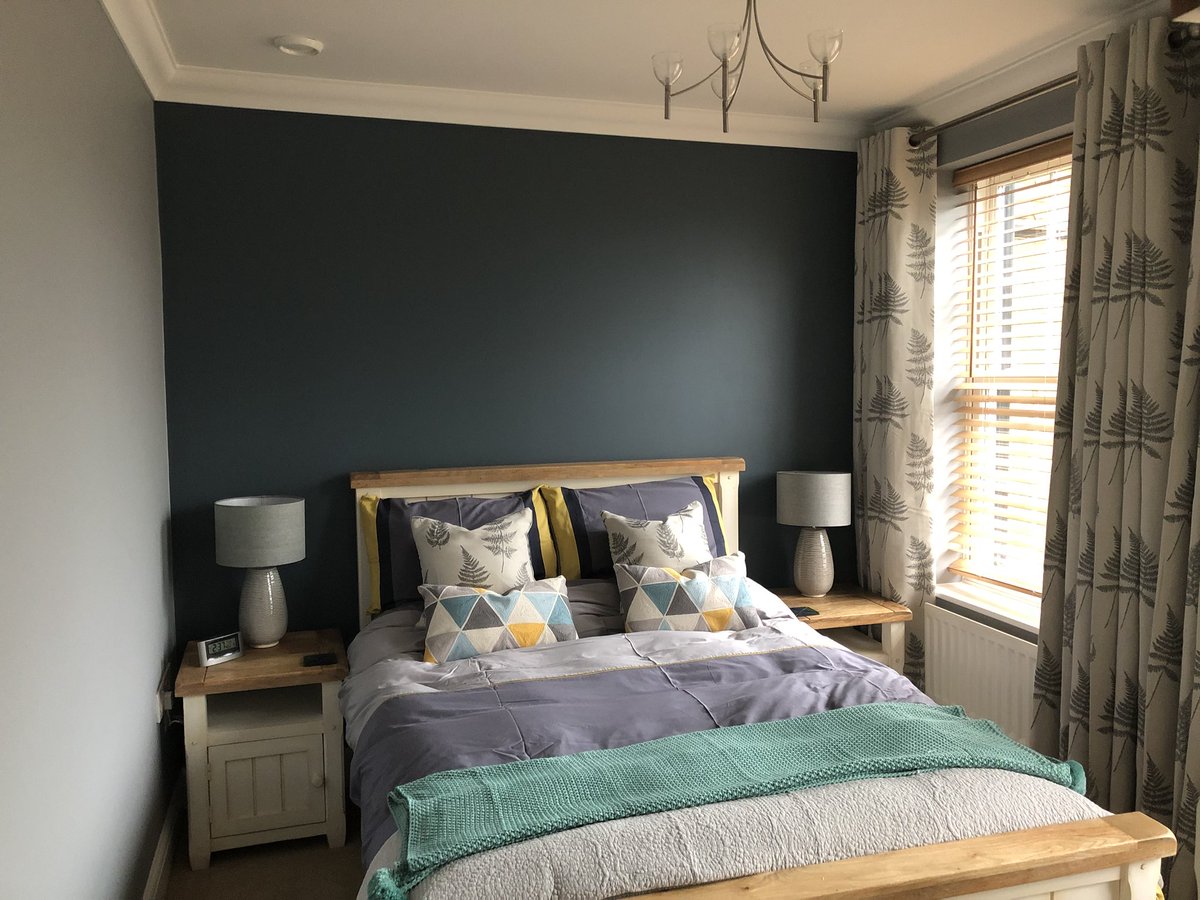Installing kitchen cabinets to the wall is an important step in any kitchen renovation or remodel. Not only do they provide functional storage space, but they also add to the overall aesthetic of your kitchen. If you're considering installing kitchen cabinets to the wall, follow this step-by-step guide to ensure a successful and professional-looking installation.How to Install Kitchen Cabinets to the Wall
Step 1: Measure and Plan The first step in installing kitchen cabinets to the wall is to measure the space where they will be installed. Make sure to account for any appliances or fixtures that may interfere with the placement of the cabinets. Once you have accurate measurements, plan the layout of your cabinets to determine the best placement and configuration. Step 2: Gather Tools and Materials Before you begin, make sure you have all the necessary tools and materials on hand. This may include a drill, screws, a level, a measuring tape, and a stud finder. It's also a good idea to have some extra help for lifting and holding the cabinets in place during installation. Step 3: Install the Upper Cabinets First It's recommended to start with the upper cabinets, as this will make it easier to install the lower cabinets in place later. Use a stud finder to locate the studs in the wall and mark them with a pencil. Then, using your level, draw a horizontal line where the bottom of the upper cabinets will sit. This will ensure that your cabinets are level and properly aligned. Step 4: Secure the Cabinets to the Wall Once you have your cabinets in place, use your drill to secure them to the wall. Make sure to drill through the back of the cabinet and into the wall studs for maximum stability. It's important to have someone hold the cabinets in place while you do this to prevent them from shifting or falling. Step 5: Install the Lower Cabinets With the upper cabinets securely in place, you can now install the lower cabinets. Follow the same steps as above, making sure to use your level and drill through the back of the cabinets and into the wall studs. Step 6: Adjust and Secure Cabinet Doors Once all the cabinets are installed, you may need to adjust the doors to ensure they are properly aligned and closing smoothly. You can do this by adjusting the hinges with a screwdriver. Once the doors are properly aligned, secure them to the cabinets with screws. Step 7: Add Finishing Touches Finally, add any finishing touches such as molding or trim to give your cabinets a polished look. You can also add hardware such as handles or knobs to complete the installation.Step-by-Step Guide for Installing Kitchen Cabinets to the Wall
Tip 1: Always use a stud finder to locate studs in the wall for maximum stability. Tip 2: Use a level to ensure your cabinets are properly aligned and level. Tip 3: Have extra help on hand to lift and hold the cabinets in place during installation. Tip 4: Use appropriate screws and drill into wall studs for maximum stability. Tip 5: Double-check measurements and layout before installation to avoid any mistakes.Tips for Installing Kitchen Cabinets to the Wall
In order to install kitchen cabinets to the wall, you will need the following tools: - Drill - Screws - Stud finder - Level - Measuring tape - ScrewdriverTools Needed for Installing Kitchen Cabinets to the Wall
Mistake 1: Not using a stud finder to locate wall studs, resulting in unstable cabinets. Mistake 2: Not properly aligning cabinets with a level, resulting in crooked or uneven cabinets. Mistake 3: Not securing cabinets to wall studs with appropriate screws, resulting in unstable cabinets. Mistake 4: Installing cabinets without properly measuring and planning, resulting in a layout that doesn't work well in the space. Mistake 5: Forgetting to add finishing touches such as molding or hardware, resulting in an unfinished look.Common Mistakes When Installing Kitchen Cabinets to the Wall
If you prefer a visual guide, there are many helpful video tutorials available online that can guide you through the process of installing kitchen cabinets to the wall. These videos can provide valuable tips and tricks to ensure a successful installation.Video Tutorial: Installing Kitchen Cabinets to the Wall
The cost of installing kitchen cabinets to the wall can vary depending on factors such as the size and layout of your kitchen, the type and quality of cabinets chosen, and the cost of labor if hiring a professional. On average, homeowners can expect to spend between $3,000 and $8,000 for kitchen cabinet installation.Costs of Installing Kitchen Cabinets to the Wall
Pros: - Provides functional storage space - Adds to the overall aesthetic of your kitchen - Can increase the value of your home Cons: - Can be a time-consuming and labor-intensive process - Can be expensive, especially if hiring a professional - Requires proper tools and knowledge for a successful installationPros and Cons of Installing Kitchen Cabinets to the Wall
While installing kitchen cabinets to the wall is the most common method, there are alternative methods that may work better for certain spaces. These include using brackets or suspension rails to hang the cabinets, or using freestanding cabinets instead of wall-mounted ones.Alternative Methods for Installing Kitchen Cabinets to the Wall
Properly securing kitchen cabinets to the wall is essential for stability and safety. To do so, make sure to use appropriate screws and drill through the back of the cabinets and into the wall studs. It's also important to have someone hold the cabinets in place while you do this to prevent them from shifting or falling. Overall, installing kitchen cabinets to the wall is a great way to add functionality and style to your kitchen. By following these tips and steps, you can achieve a successful and professional-looking installation that will last for years to come.How to Secure Kitchen Cabinets to the Wall
The Importance of Properly Installing Kitchen Cabinets to Your Wall
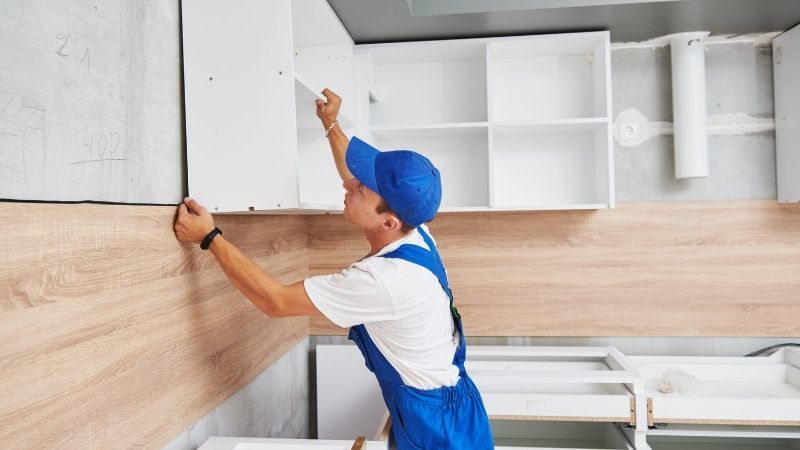
Enhancing the Aesthetics of Your Kitchen
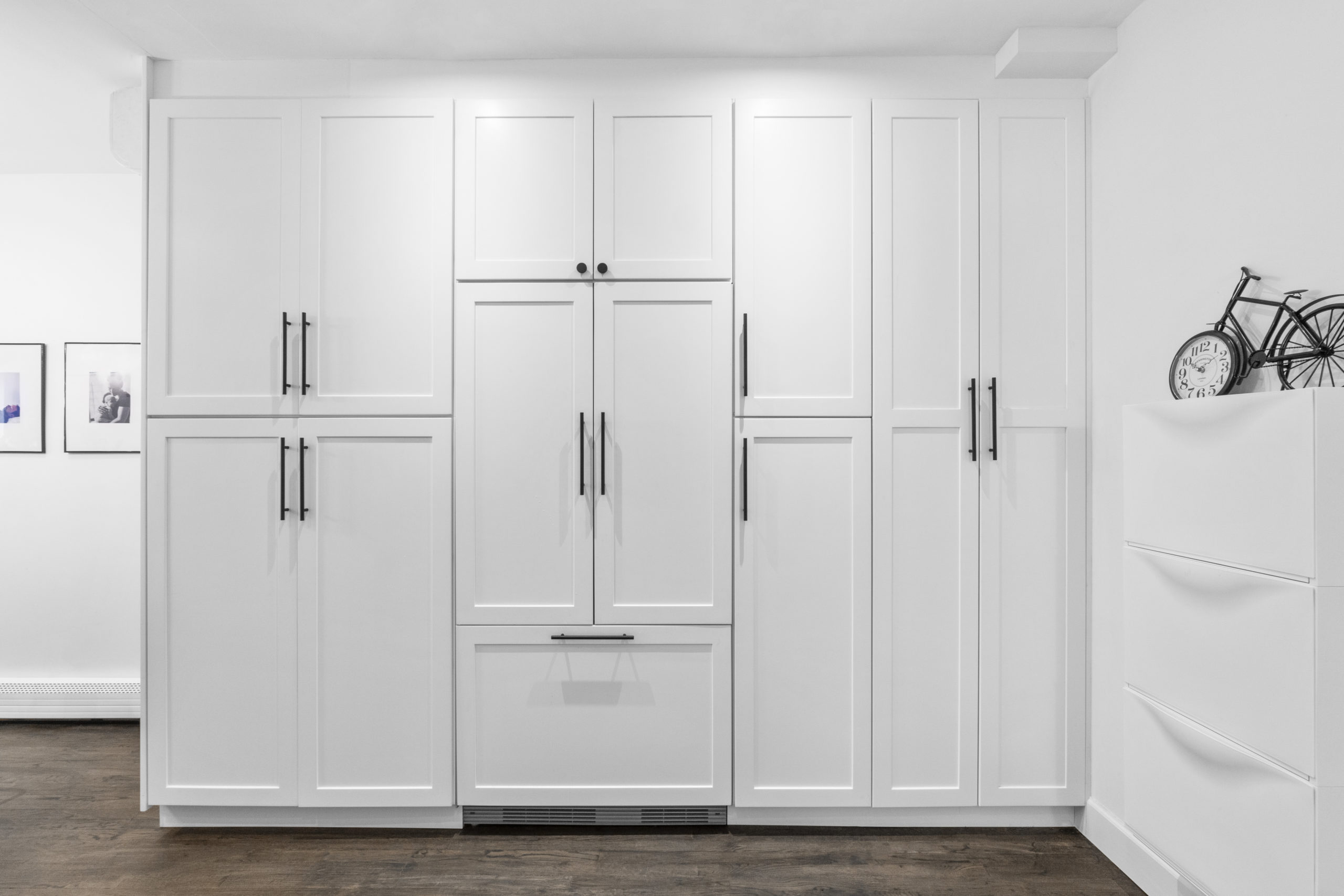 The design of your kitchen cabinets plays a crucial role in the overall aesthetics of your kitchen. Not only do they provide storage space, but they also contribute to the overall style and feel of the room. Installing cabinets to your wall is a great way to maximize space and create a cohesive look in your kitchen. By securely mounting the cabinets to the wall, you can avoid any potential hazards such as tipping or falling and ensure that your kitchen is both functional and visually pleasing.
The design of your kitchen cabinets plays a crucial role in the overall aesthetics of your kitchen. Not only do they provide storage space, but they also contribute to the overall style and feel of the room. Installing cabinets to your wall is a great way to maximize space and create a cohesive look in your kitchen. By securely mounting the cabinets to the wall, you can avoid any potential hazards such as tipping or falling and ensure that your kitchen is both functional and visually pleasing.
Increasing Storage Space
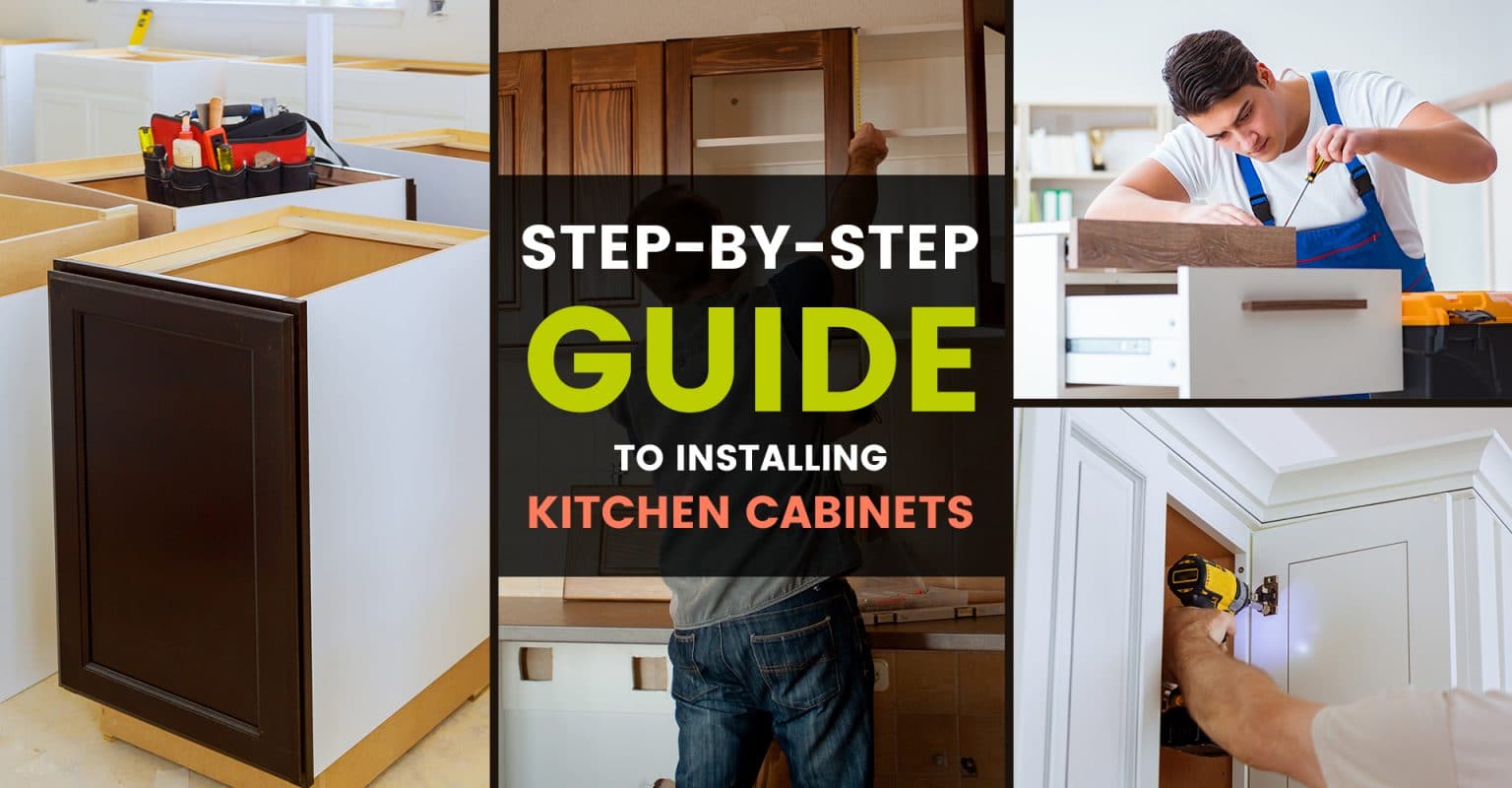 One of the main benefits of installing cabinets to your wall is the increase in storage space. In a kitchen, storage is key and by utilizing the vertical space on your walls, you can free up valuable counter and floor space. This allows for a more organized and clutter-free kitchen, making it easier to access and store your kitchen essentials. Additionally, by customizing the height and depth of your cabinets, you can create a more efficient and personalized storage solution for your specific needs.
One of the main benefits of installing cabinets to your wall is the increase in storage space. In a kitchen, storage is key and by utilizing the vertical space on your walls, you can free up valuable counter and floor space. This allows for a more organized and clutter-free kitchen, making it easier to access and store your kitchen essentials. Additionally, by customizing the height and depth of your cabinets, you can create a more efficient and personalized storage solution for your specific needs.
Ensuring Durability and Longevity
 Properly installing kitchen cabinets to your wall also ensures their durability and longevity. By securely attaching them to the wall, you can prevent any potential damage caused by wear and tear over time. This is important as kitchen cabinets are a long-term investment and you want them to stand the test of time. By hiring a professional to install your cabinets, you can have peace of mind knowing that they are securely mounted and built to last.
Properly installing kitchen cabinets to your wall also ensures their durability and longevity. By securely attaching them to the wall, you can prevent any potential damage caused by wear and tear over time. This is important as kitchen cabinets are a long-term investment and you want them to stand the test of time. By hiring a professional to install your cabinets, you can have peace of mind knowing that they are securely mounted and built to last.
Increasing Property Value
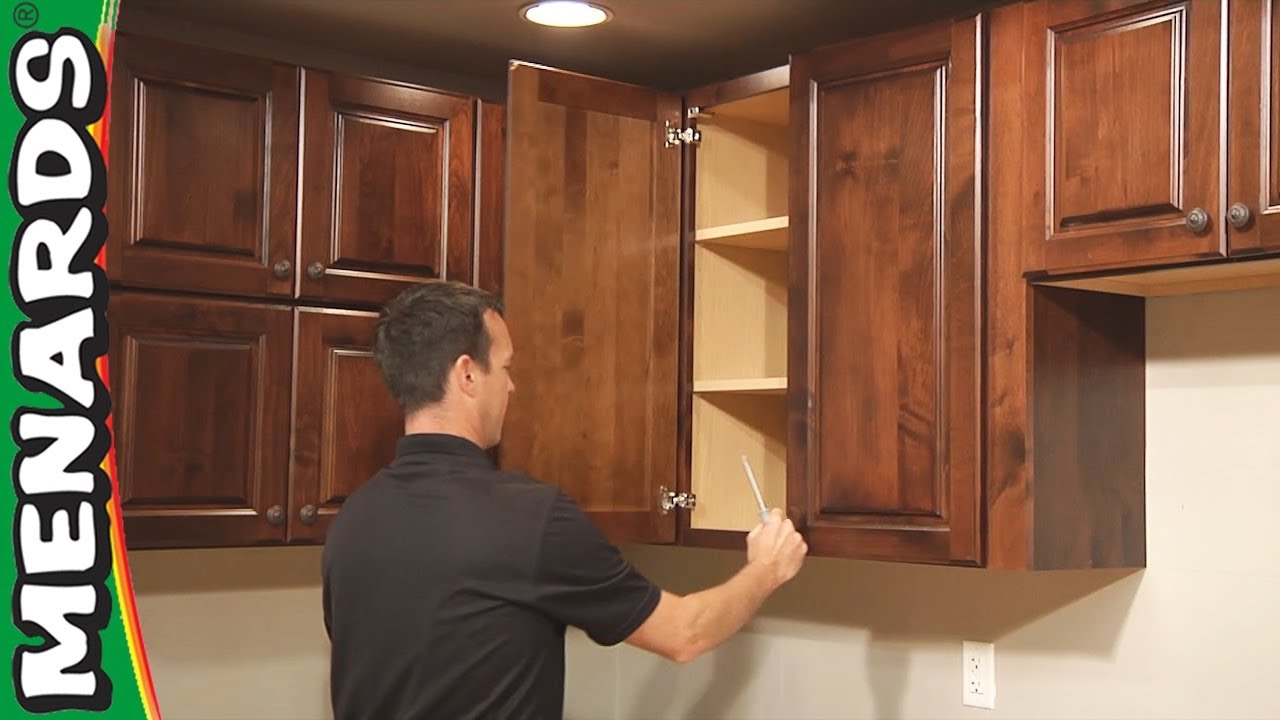 Investing in quality kitchen cabinets and properly installing them to your wall can also increase the value of your property. A well-designed and functional kitchen is a major selling point for potential buyers and can significantly increase the overall value of your home. By having professionally installed cabinets, you can showcase the quality and care put into your kitchen, making it a desirable feature for any potential buyers.
In conclusion, installing kitchen cabinets to your wall is not only a practical solution for maximizing space and organization in your kitchen, but it also adds to the overall aesthetics and value of your home. By hiring a professional to properly install your cabinets, you can ensure their durability and longevity, making it a worthwhile investment for any homeowner. So if you're looking to upgrade your kitchen, consider adding cabinets to your wall for a functional and visually appealing space.
Investing in quality kitchen cabinets and properly installing them to your wall can also increase the value of your property. A well-designed and functional kitchen is a major selling point for potential buyers and can significantly increase the overall value of your home. By having professionally installed cabinets, you can showcase the quality and care put into your kitchen, making it a desirable feature for any potential buyers.
In conclusion, installing kitchen cabinets to your wall is not only a practical solution for maximizing space and organization in your kitchen, but it also adds to the overall aesthetics and value of your home. By hiring a professional to properly install your cabinets, you can ensure their durability and longevity, making it a worthwhile investment for any homeowner. So if you're looking to upgrade your kitchen, consider adding cabinets to your wall for a functional and visually appealing space.

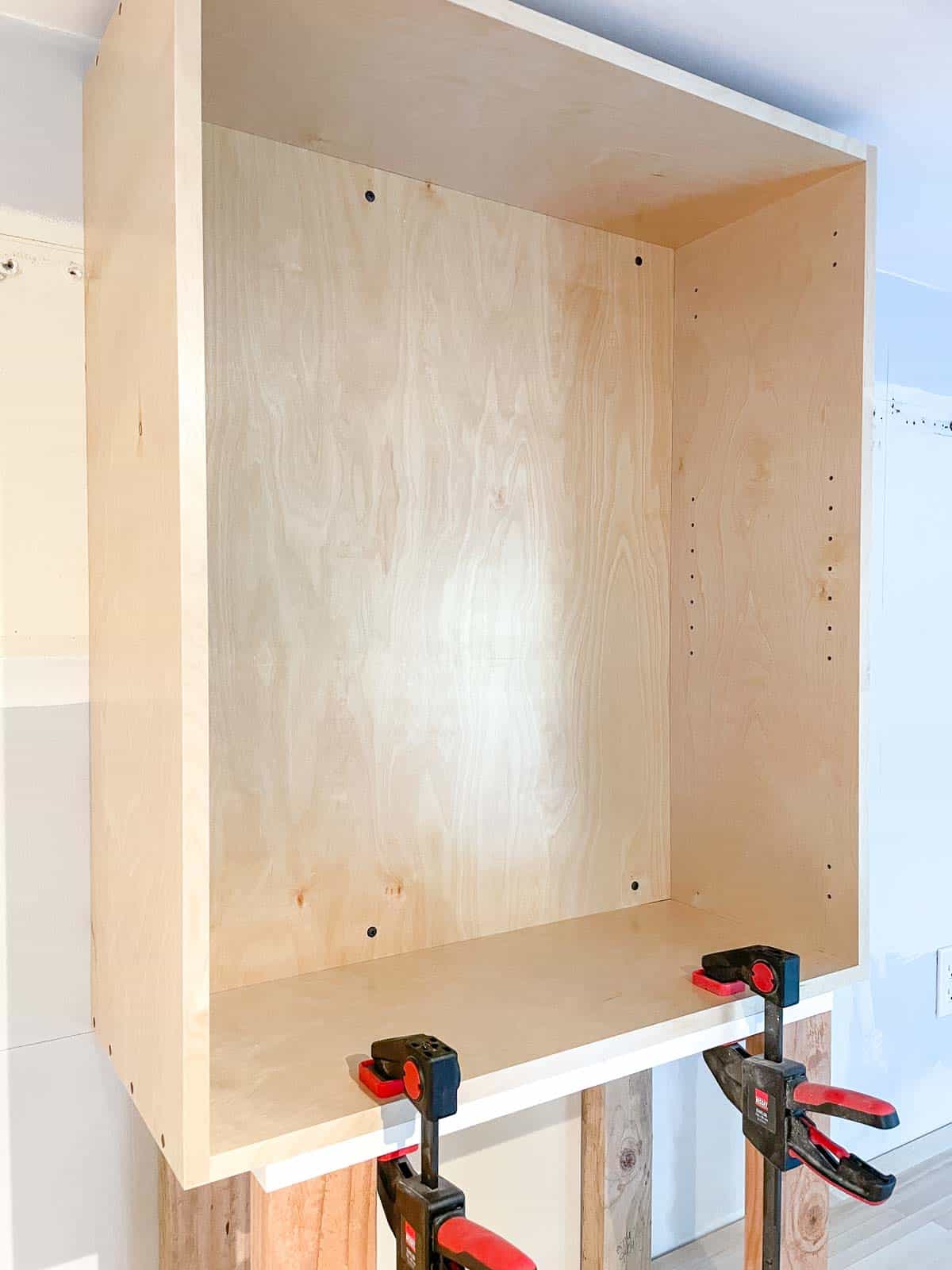






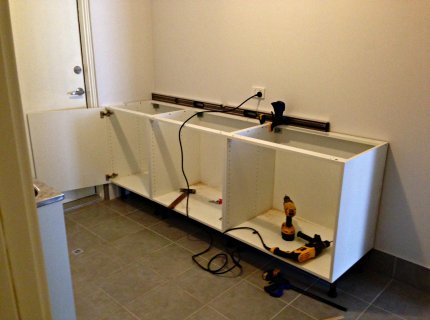
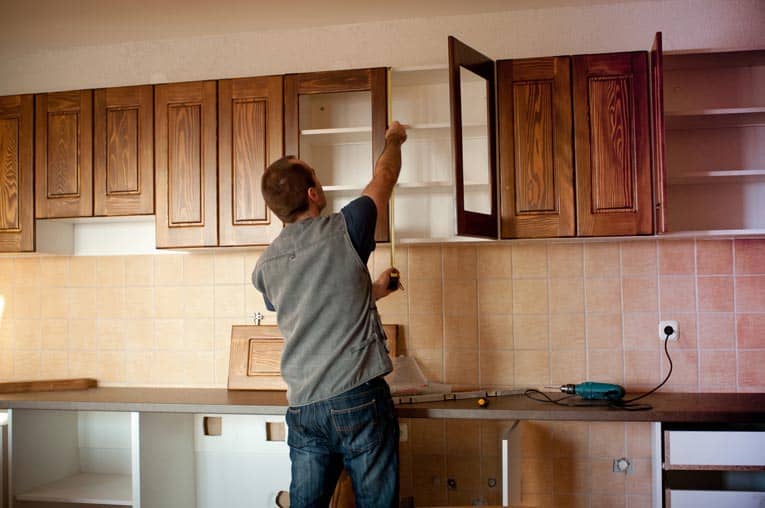




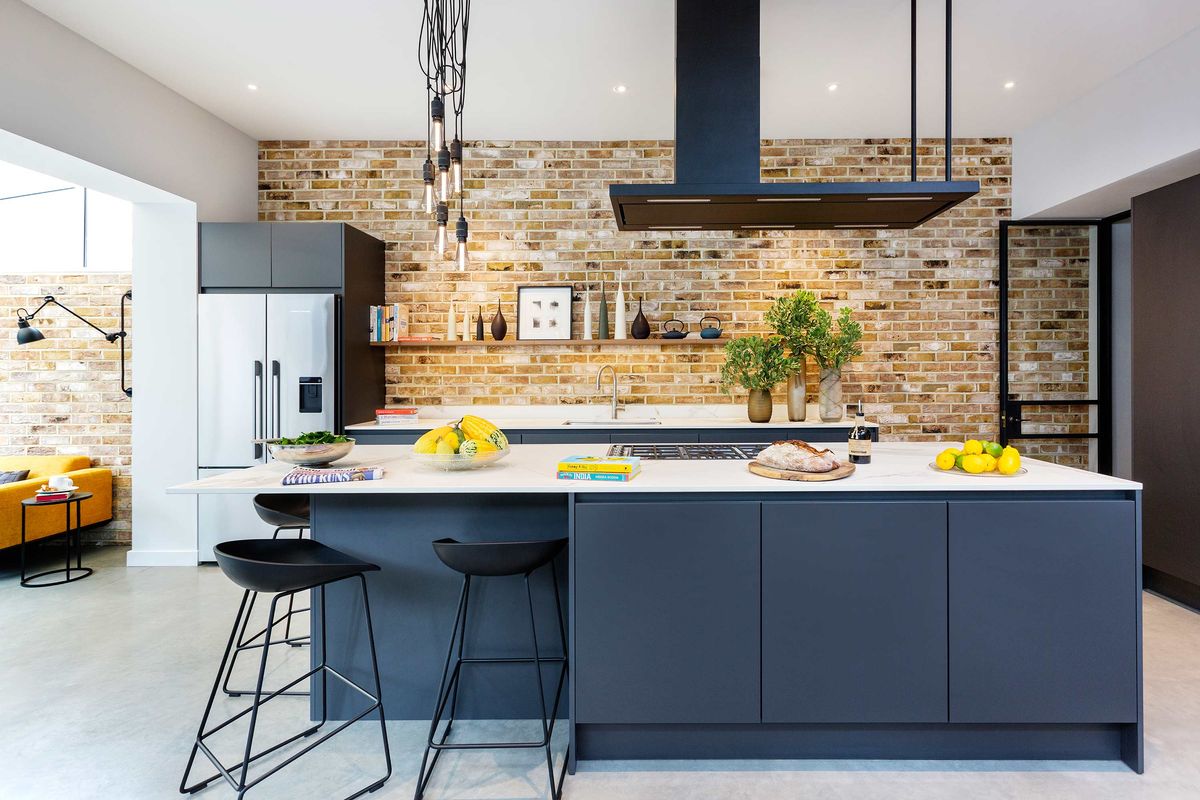







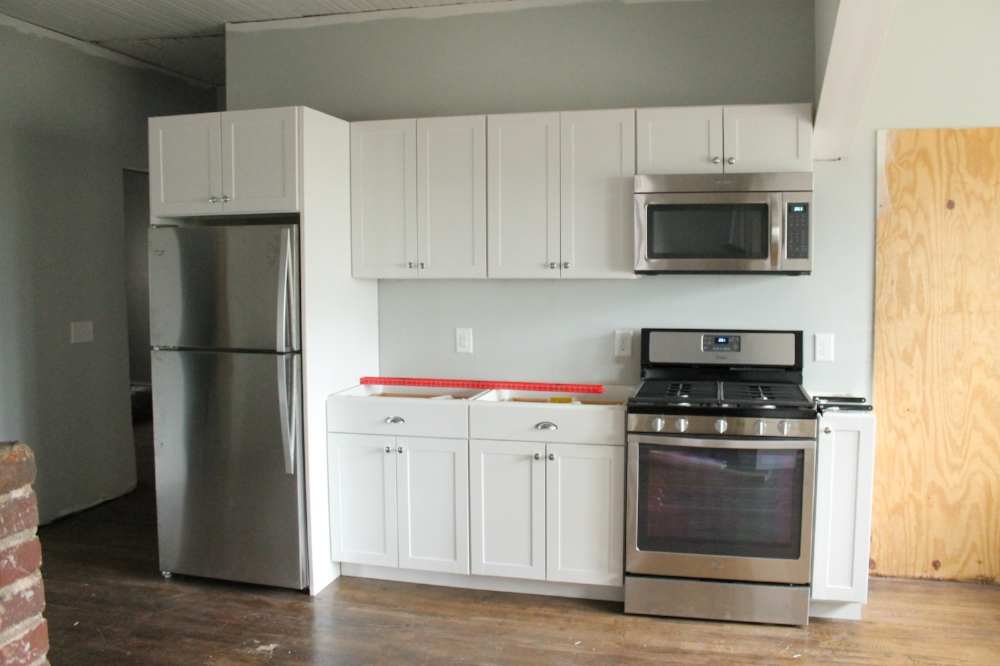
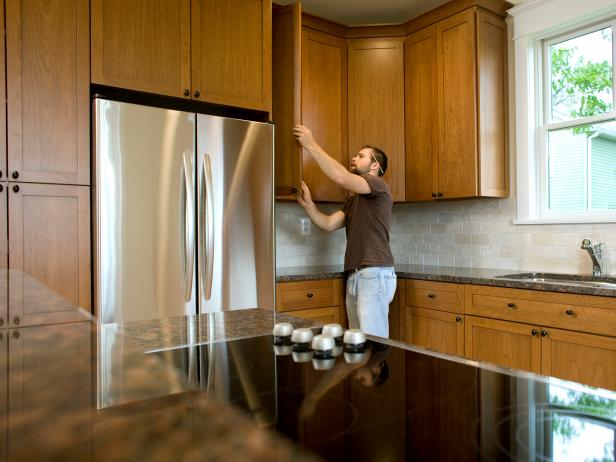
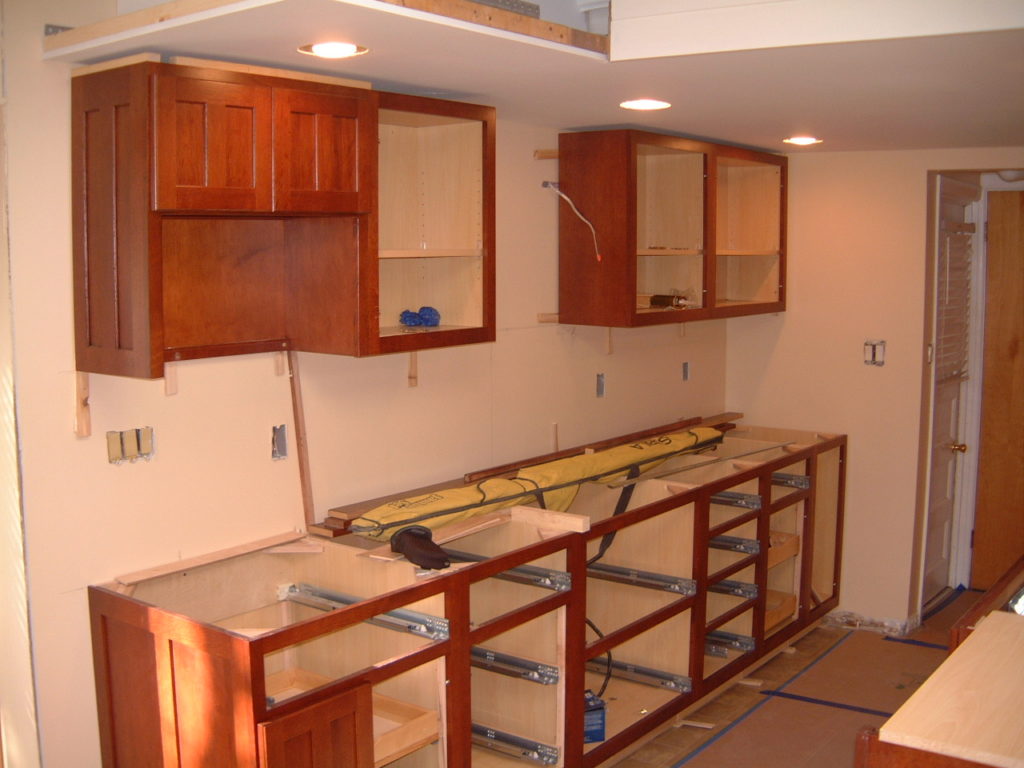

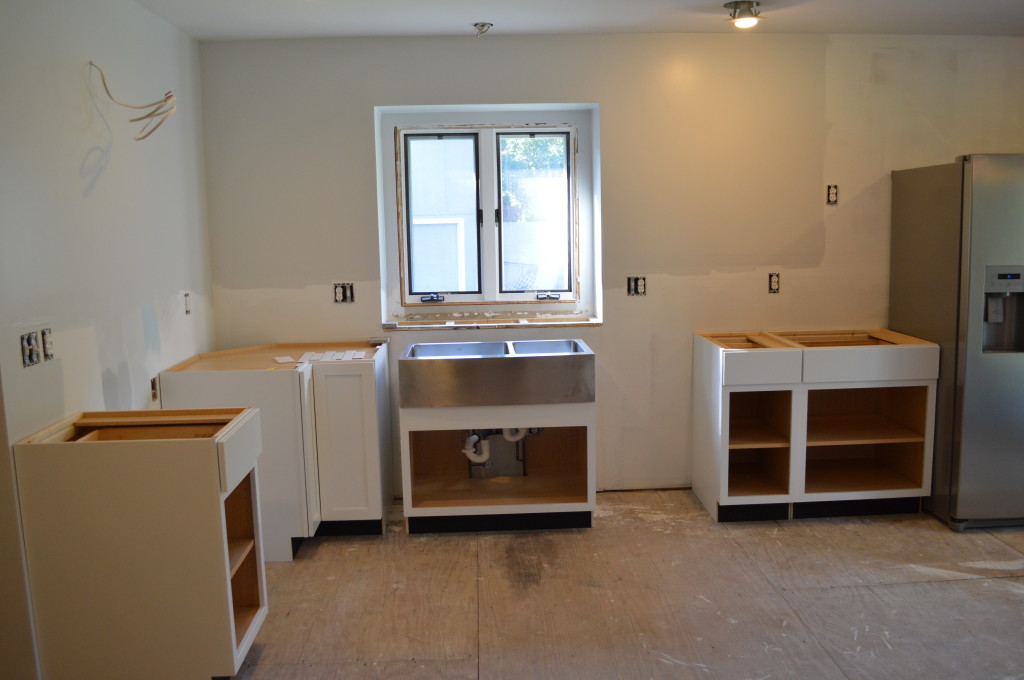




/cabinet-refacing-demystified-1822044v2-29c0506ee7014a54a7473d9a5d85b149.jpg)




